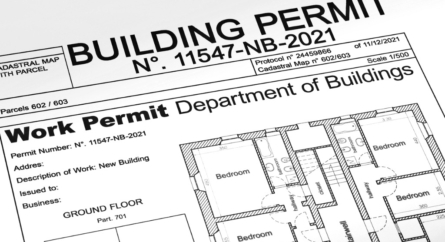What Constitutes the ‘Exercise’ of a Variance?
According to a recent Massachusetts Appeals Court decision, it is less than previously thought. In Green v. Zoning Board of Appeals of Southborough, the Appeals Court decided that a use variance had not lapsed even though the developer was still working through the permitting process for other necessary approvals.
The developer, Park Central, sought and obtained a use variance from the Zoning Board of Appeals of Southborough (the “Board”). The Board granted the use variance subject to 16 conditions, including a condition that the variances was not “effective” until Park Central obtained a comprehensive permit for the project. The Board’s decision was not appealed, and Park Central recorded the decision.
Over 15 months later, the Board granted Park Central’s application for the comprehensive permit. Opponents sought a determination from the Building Inspector that the use variance had lapsed because it had not been exercised within one year of its grant. See M.G.L. c. 40A, § 10. The Appeals Court found that the variance had not lapsed because Park Central had “exercised” its rights under the variance.
The Court stated that a “variance need not be fully carried out for rights to be ‘exercised.’” The Court further determined that a variance can be “exercised” even before the variance is recorded – which determines when it is legally effective. The Court also concluded that the determination of legal effectiveness is proscribed by the statute (M.G.L. c. 40A, § 11) and cannot be controlled by a condition in the decision.
In deciding that Park Central had in fact taken sufficient steps to exercise its rights under the use variance, the Court looked at the Park Central’s actions in reliance on the use variance, including hiring engineers, wetlands specialists and others in order to revise the project’s design to comply with the terms and conditions of the variance and pursuing the comprehensive permit. Since Park Central’s efforts to redesign the development to conform to the approved design and the resulting expenditures were made “at least in part – to satisfy a condition of the use variance,” the Court found that they had sufficiently exercised their rights in reliance on the variance. This was true even though all of the conditions in the variance had not yet been satisfied.
This decision broadening the definition of what constitutes an “exercise” of the rights granted by a variance is particularly important for developers with projects that require multiple permits that may proceed on differing timelines.
Categorized: Construction, Development, Zoning
Tagged In: building permit, Developers, Massachusetts Appeals Court, use variances, zoning











